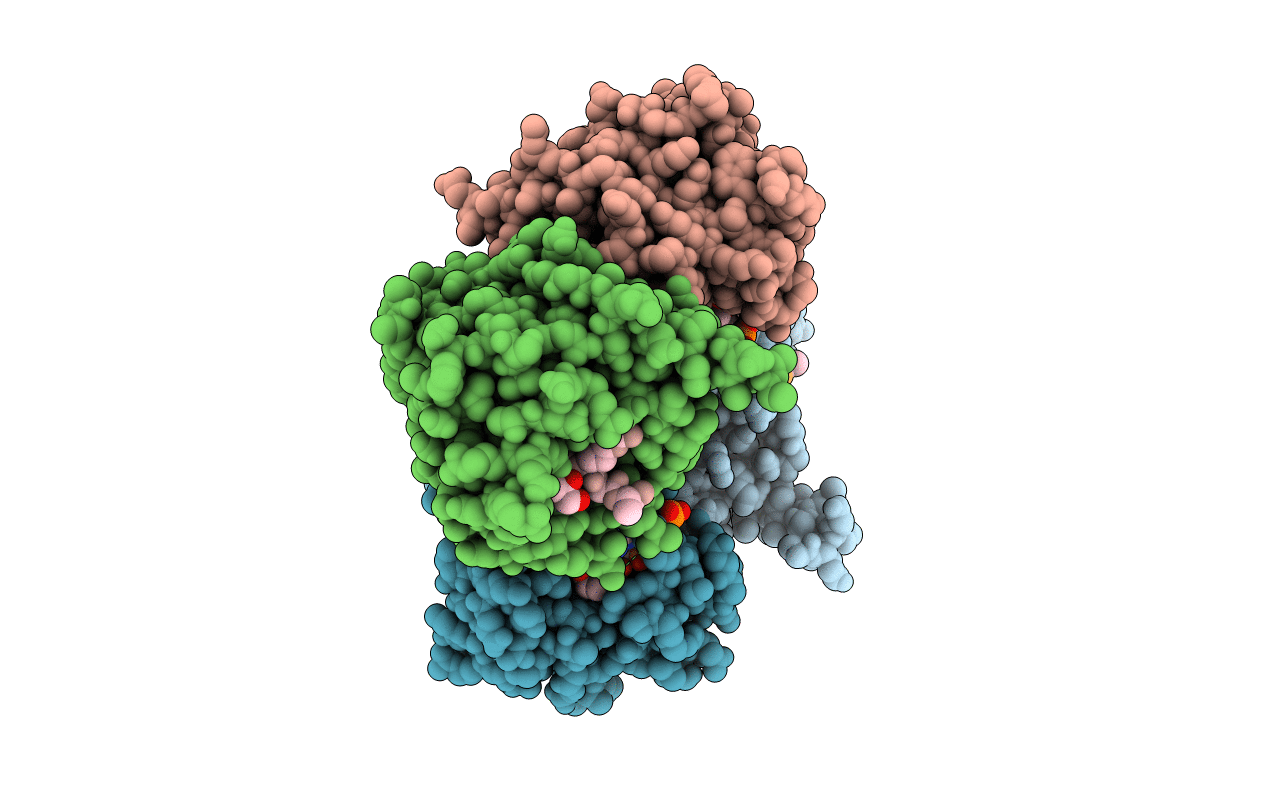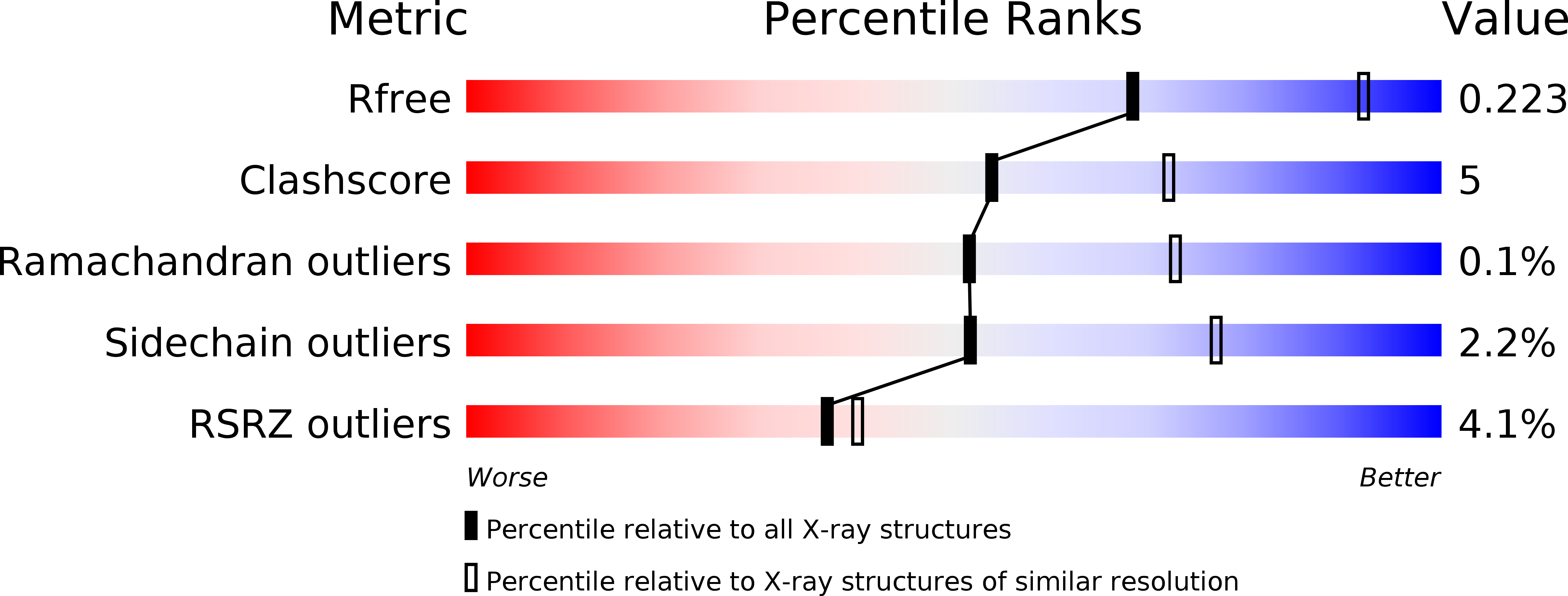
Deposition Date
2014-08-06
Release Date
2015-01-28
Last Version Date
2024-10-16
Method Details:
Experimental Method:
Resolution:
2.49 Å
R-Value Free:
0.22
R-Value Work:
0.17
R-Value Observed:
0.17
Space Group:
P 1 21 1


